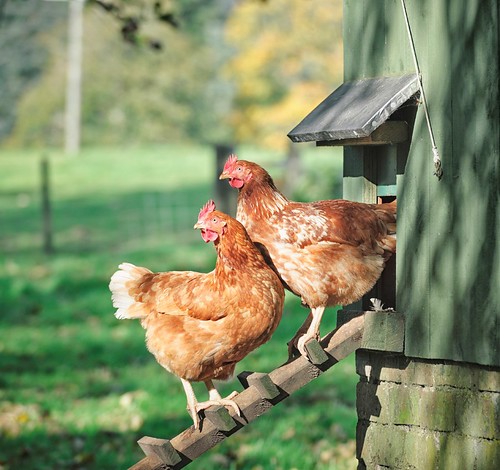
Have you been to a supermarket to buy a carton of eggs lately? If so, you may have found an array of food marketing claims on the packages. All natural, organic, cage-free, pasture-raised, free range, non-GMO, raised without antibiotics, Omega-3 enriched and vegetarian-fed diet are just a small sample of the many claims consumers might see in the egg case. The modern food shopper is inundated by choice.
From its inception, the role of AMS has been to facilitate an efficient, fair, and competitive marketing system to benefit producers and consumers. One of the ways AMS accomplishes this is by establishing and applying grade standards to different agricultural products. Terms such as “Grade A” and “Large” have become a trusted part of the American egg vocabulary, helping both farmers and consumers with descriptive labels. Other marketing terms that now appear on egg cartons have evolved to reflect consumers’ demand to understand things like where the eggs come from, how chickens were raised and who raised them.
Over the past few months, a new trend has emerged with the potential to greatly impact our egg producers and impact what consumers see on store shelves. A significant number of large institutional buyers of eggs and egg products have announced that within 10 years, they intend to purchase eggs from only cage-free production systems. There are a variety of reasons for these announcements. But there is no doubt that the change will be a big one for the industry.
Today, fewer than 30 million of the over 300 million laying hens in the U.S. are raised in cage free systems. In other words, less than 10 percent of our egg supply is produced in cage-free systems such as organic, pasture-raised, or indoor cage free systems. To meet buyers’ new commitments, the industry will need to convert over half of their production to cage free systems by 2025.
Assuming American egg consumption remains the same at about 260 eggs per person each year, new housing systems will need to be built for an additional 140 million or more cage free hens. Egg producers estimate that it costs approximately $40 per bird to build a cage-free production system – so the new commitments could cost on U.S. egg producers $5.6 billion to build the needed cage free systems by 2025. That’s not counting other tools they will need, including research and assistance in dealing with flock management and different health and disease factors specific to cage-free systems.
As egg producers look ahead to these challenges, our staff is working right alongside them. Our analytic and voluntary Market News reporting resources will provide an ongoing measure of the market shift and what will be required to meet the potential demand, while we continue to monitor and report any changes. AMS is also working with sister agencies to help coordinate resources that can help the industry in other areas like research.
U.S. agricultural producers are innovative and adaptive, but momentous changes like the proposed shift to cage-free will require all hands on deck – and a good, hard look at what such a shift would take. AMS will be there to help.
